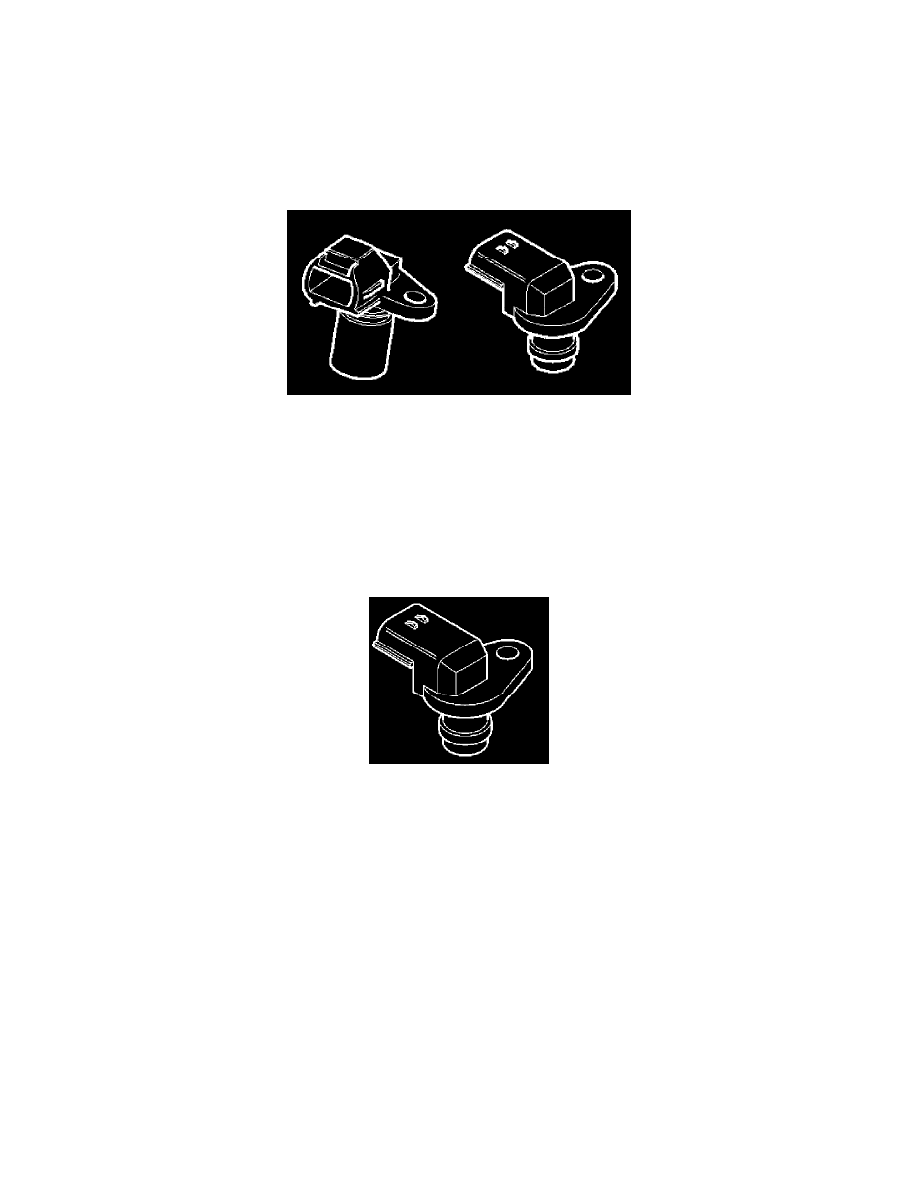V50 L5-2.4L VIN 39 B5244S7 (2005)

The knock sensor (KS) also senses some normal engine sound. The control module is able to recognize the vibrations which correspond to knocking by
filtering, amplifying and using software to evaluate the signal.
If the knock sensor (KS) detects knocking in the engine above a certain threshold value, the ignition timing is first retarded and then the fuel/air mixture
is enriched to eliminate knocking.
Camshaft Position Detection
Camshaft Position Detection
In order to detect the position of the camshaft in relation to the crankshaft, the engine control module (ECM) uses the signals from the engine speed
(RPM) sensor (the position of the crankshaft) and from the camshaft position (CMP) sensor (the position of the camshaft). The control module uses these
two signals to determine the position of the camshaft in relation to the position of the crankshaft.
Both the intake camshaft and exhaust camshaft have a camshaft position sensor. Cylinder detection on start up (the operating cycle of each cylinder) is
improved by using a camshaft position sensor on the intake camshaft and exhaust camshaft.
The following description applies to the intake camshaft.
Detecting the camshaft flanks
The camshaft is divided into five flanks per camshaft revolution (flanks 1-5). The flanks are detected by the camshaft position (CMP) sensor. Its signal is
affected by the shape of the camshaft rotor.
Because the teeth on the camshaft pulse wheel are differently designed the control module can determine the position of the camshaft using the camshaft
position (CMP) sensor signal. The control module is able to establish which combustion cycle the cylinders are in.
Detecting the reference positions of the camshaft
The crankshaft has five reference positions, one for each camshaft flank. The reference positions are predetermined points on the flywheel. The reference
positions are detected using the signal from the engine speed (RPM) sensor.
The camshaft rotates at half the speed of the crankshaft. Two engine revolutions are required to detect all five camshaft flanks:
